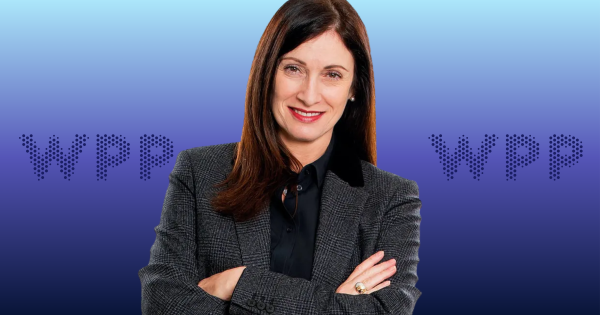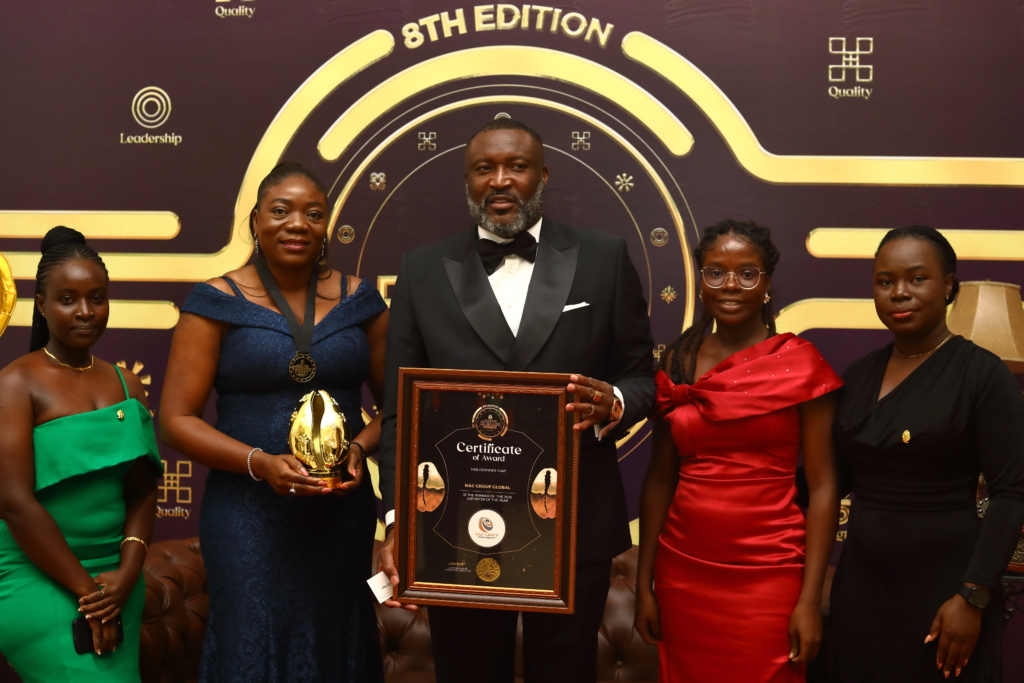Copyright Adweek

WPP issued its second profit warning this year on Thursday after reporting worse-than-expected Q3 results. Following her first earnings call at the helm of the advertising giant, new CEO Cindy Rose said WPP’s financial performance “is certainly not where it needs to be” on a call with press Thursday—and she promised a plan to fix it. “My ambition for WPP is sky-high, and we are committed to doing the hard work it will take to turn this business around,” she said. Key pillars of her roadmap include simplification, competitive pricing, and, of course, AI. “We haven’t gone far enough or fast enough in adapting to the evolving needs of our clients,” Rose told reporters. “They want our offer to be simpler, more integrated, powered by media, data, and AI, efficiently priced and designed to deliver growth and business outcomes. You can expect us, in our effort to improve our execution, to be focused in those areas.” To revamp the business to meet these demands, focus areas in the coming months will include client acquisition and retention, strengthening the go-to-market strategy, and optimizing WPP’s org chart while “building a high performance team culture,” Rose said. The company is also evaluating ways to expand its addressable market through the potential integration or development of additional enterprise tech solutions, though Rose declined to go into specifics. The former Microsoft exec took the reins at the British advertising behemoth last month, with Mark Read exiting after a tumultuous seven-year stint in the role. WPP has suffered hit after hit this year, with investors losing confidence amid a messy reorg of its media division, AI acceleration challenges, and a spate of high-profile client departures—with both Coca-Cola and Mars migrating their media accounts to French rival Publicis. Rose has hit the ground running in her first two months in the role. She’s overseen a leadership reshuffle and inked a deal with Google that includes a $400 million pledge from WPP to integrate the tech giant’s advanced AI tools into WPP Open, its AI marketing platform. Last week, WPP launched a self-serve version of WPP Open to court dollars from small businesses and performance marketers. The company expects WPP Open Pro, and WPP Open more broadly, to drive much-needed revenue. Rose views the platform’s underlying common data model as a key differentiator among agency AI solutions, noting that it helps clients “optimize their entire marketing investment across the entire marketing function.” Of these recent developments, Rose said: “These are all bold and decisive moves that hopefully give you a sense of our direction of travel, and you can certainly expect more of the same from us in the months ahead.” “We need to go farther and we need to go faster,” she added. As WPP pours resources into its AI programs, another priority will be to revitalize WPP Media, rebranded earlier this year from GroupM. In Rose’s view: “GroupM lost its way, but I’m very confident in [CEO] Brian [Lesser]’s vision of an open and privacy-compliant data- and AI-powered ecosystem.” The media buyer saw signs of growth in Q3, snagging new business from Mastercard, logistics titan Maersk, and retailer Marks & Spencer. WPP said it will share a more comprehensive strategy plan publicly in the coming year. Despite its financial woes, Rose signaled confidence in the firm’s direction. “We’ve got strong foundations, and we’ve got the ingredients we need to succeed, including amazing clients, strong capabilities, world-class talent, and some of the most consequential agency brands in the world,” she said. “We have unrivaled global scale and reach, market-leading technology and technology partnerships that really give us a competitive edge, and all of that makes this a very exciting platform for us to build on.”



